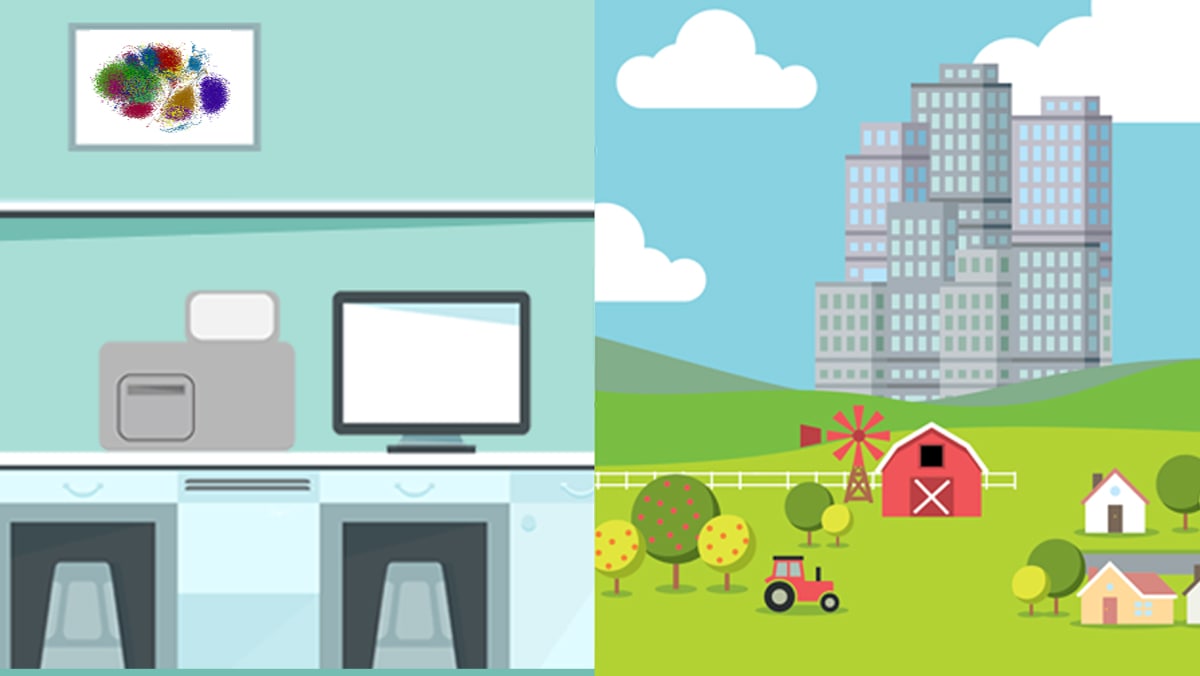What to know
DNA sequencing enables scientists to decode the DNA of organisms that cause sickness and disease. Next-generation sequencing (NGS) technology dramatically decreased sequencing costs while increasing the volume and complexity of sequence data produced. NGS offers key advantages for surveillance and outbreak response.

NGS machines provide detailed information faster than conventional machines.

Conventional sequencing methods often have a low-throughput, meaning they are limited by the amount of DNA that can be processed at a given time. And conventional machines can decode short segments of 1,000 DNA base pairs at a time. Over the course of a day, they can sequence approximately 2.1 million DNA base pairs.
Alternatively, next-generation sequencing machines have a higher-throughput which allows scientists to sequence massive amounts of DNA at once. These devices can decode a whole genome with 5,000,000 DNA base pairs. In one day, NGS machines can sequence over 8 billion DNA base pairs.
NGS machines provide flexibility

Like conventional machines, desktop NGS machines are often used in the laboratory. However, handheld NGS devices can be used in remote field locations as a practical option for infectious disease surveillance, diagnostics, and public health research.
